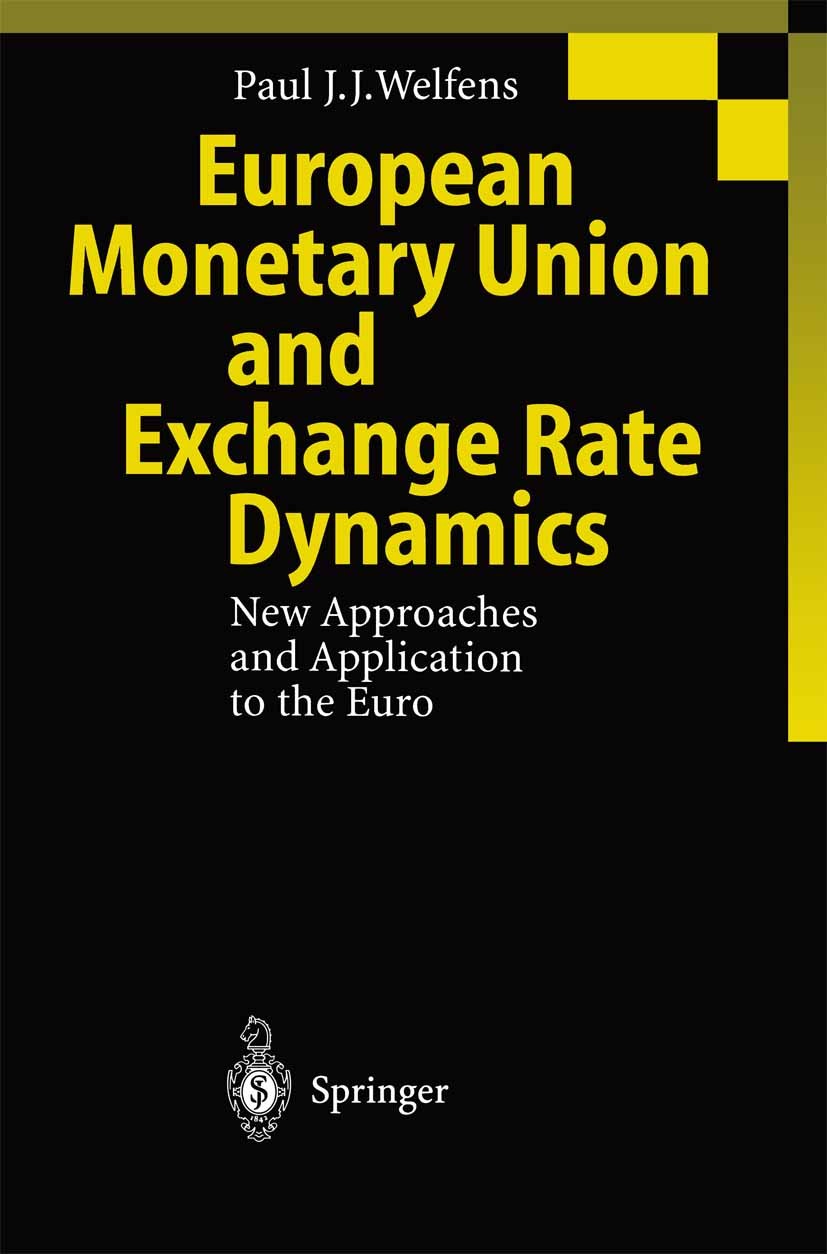| 书目名称 | European Monetary Union and Exchange Rate Dynamics |
| 副标题 | New Approaches and A |
| 编辑 | Paul J. J. Welfens |
| 视频video | http://file.papertrans.cn/317/316863/316863.mp4 |
| 概述 | New theoretical and empirical research results on the effects of the creation of the European Central Bank and the Euro |
| 图书封面 |  |
| 描述 | The creation of the European System of Central Banks (ESCB) and the start of the Euro in 1999 are historical marks for Europe. With the start of the new currency and the ECB the world economy also is facing a major structural change and new challenges. In a historical perspective the European Monetary Union has the unique feature that a common new institution, the ECB, has been created. This is in marked contrast to the Scandinavian and the Latin Monetary Union (France, Italy, Belgium th and Switzerland) in the late 19 century which was a period in which national central banks were created in order to stabilize the respective national financial systems. In the starting year 1999 the European Central Bank had favorable conditions in the sense that low inflation rates and an economic upswing had coincided; while this should contribute to a Euro appreciation in the long run the short term exchange rate developments were in marked contrast as the new currency lost about 115 of its value within 16 months; while exchange rate volatility has not been unusual in the 1980s the continued and strong fall ofthe Euro vis-a-vis the US dollar, the pound, the Swiss franc and the Yen has raised con |
| 出版日期 | Book 2001 |
| 关键词 | EMU; EU Integration; EWU; Euro; European Central Bank; European Integration; European Monetary Union; Europ |
| 版次 | 1 |
| doi | https://doi.org/10.1007/978-3-642-56913-5 |
| isbn_softcover | 978-3-642-63228-0 |
| isbn_ebook | 978-3-642-56913-5 |
| copyright | Springer-Verlag Berlin Heidelberg 2001 |
 |Archiver|手机版|小黑屋|
派博传思国际
( 京公网安备110108008328)
GMT+8, 2025-11-14 08:15
|Archiver|手机版|小黑屋|
派博传思国际
( 京公网安备110108008328)
GMT+8, 2025-11-14 08:15


